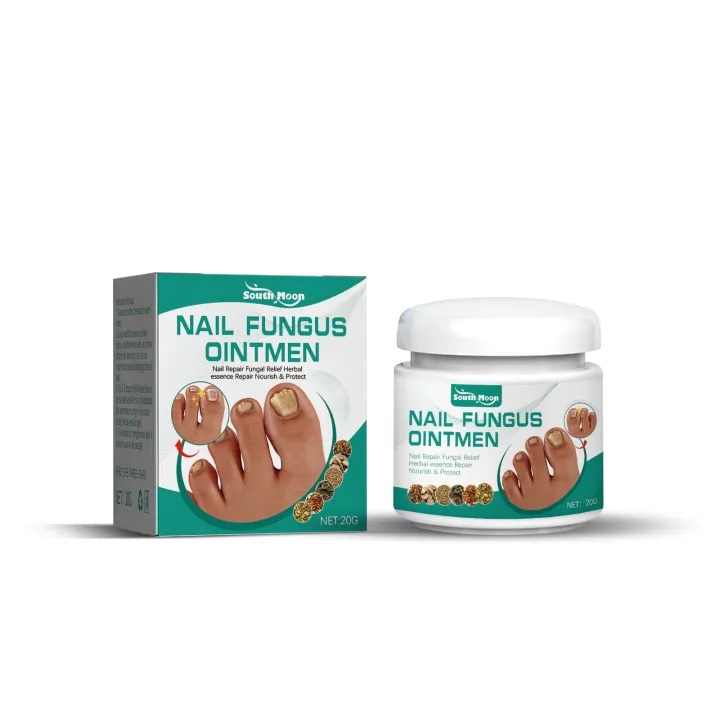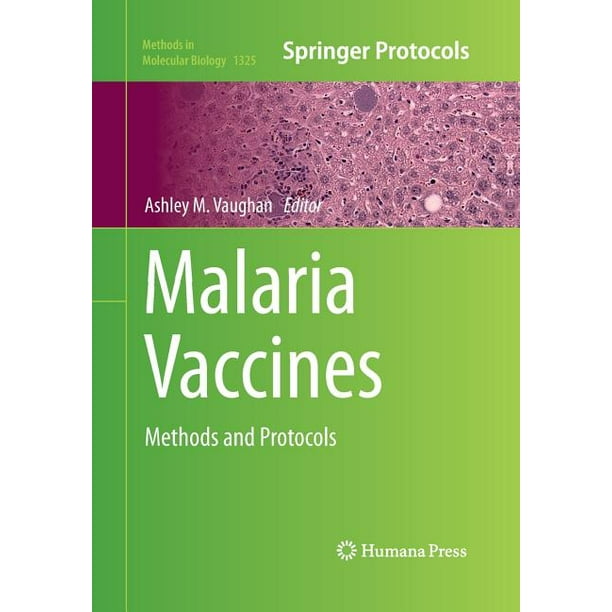Are you tired of dealing with unsightly and painful nail fungus? Look no further! In this comprehensive guide, we will explore effective nail fungus treatment options that will help you get rid of fungal infections once and for all. Read on to discover the best cream, removal techniques, and remedies for onychomycosis, paronychia, and other common fungal infections of the foot and toe.
Cream: A Powerful Solution for Nail Fungus
One of the most popular and effective ways to treat nail fungus is by using an antifungal cream. These creams are specifically formulated to target the fungus that is causing the infection and help to eliminate it quickly and effectively. By applying the cream directly to the affected nail, you can start seeing results in as little as a few weeks. Look for creams that contain active ingredients such as terbinafine or clotrimazole for the best results.
Removal: Getting Rid of Nail Fungus Once and For All
In some cases, nail fungus may be stubborn and difficult to get rid of with just a cream alone. In these situations, you may need to consider more aggressive removal techniques such as laser therapy or surgical removal of the infected nail. While these procedures may be more invasive, they can provide long-lasting results and help prevent the fungus from coming back in the future. Consult with a dermatologist or podiatrist to determine the best removal option for your specific situation.
Onychomycosis: Understanding and Treating the Infection
Onychomycosis, also known as toenail fungus, is a common condition that affects millions of people worldwide. This fungal infection can cause the nails to become discolored, thickened, and brittle, making them difficult to trim and maintain. To effectively treat onychomycosis, it is important to use a combination of antifungal creams, removal techniques, and proper foot care practices. By following a consistent treatment plan, you can successfully eliminate the fungus and restore your nails to their healthy state.
Paronychia: The Hidden Dangers of Nail Infections
Paronychia is another common nail infection that occurs around the edges of the nail, often due to bacteria or fungi entering the skin through a cut or scrape. This condition can cause redness, swelling, and pain around the nail, making it difficult to perform everyday tasks. To treat paronychia effectively, it is important to keep the affected area clean and dry, apply an antifungal cream, and avoid picking or biting at the skin. In severe cases, oral antibiotics may be necessary to clear up the infection.
Anti-Infection Foot Toe Fungal: Tips for Preventing Future Infections
Prevention is key to avoiding nail fungus and other common infections of the foot and toe. To keep your nails healthy and fungus-free, follow these tips:
- Keep your feet clean and dry, especially after showering or swimming.
- Wear breathable shoes and socks to prevent moisture buildup.
- Trim your nails regularly and avoid sharing nail clippers or files.
- Use antifungal foot powder or spray to prevent the growth of fungus.
- Avoid walking barefoot in public places such as gyms or swimming pools.
By incorporating these simple habits into your daily routine, you can protect your nails from future infections and maintain healthy, beautiful feet.
In conclusion, nail fungus can be a frustrating and embarrassing condition to deal with, but with the right treatment plan and preventative measures, you can say goodbye to fungal infections for good. Whether you choose to use an antifungal cream, removal techniques, or a combination of both, taking action to treat the infection is the first step towards healthier nails. Don't let nail fungus hold you back any longer – start your treatment journey today and reclaim your confidence!
Discover effective nail fungus treatment options, including cream, removal, and remedies for onychomycosis and paronychia. Say goodbye to fungal infections with these expert tips!
READ:


